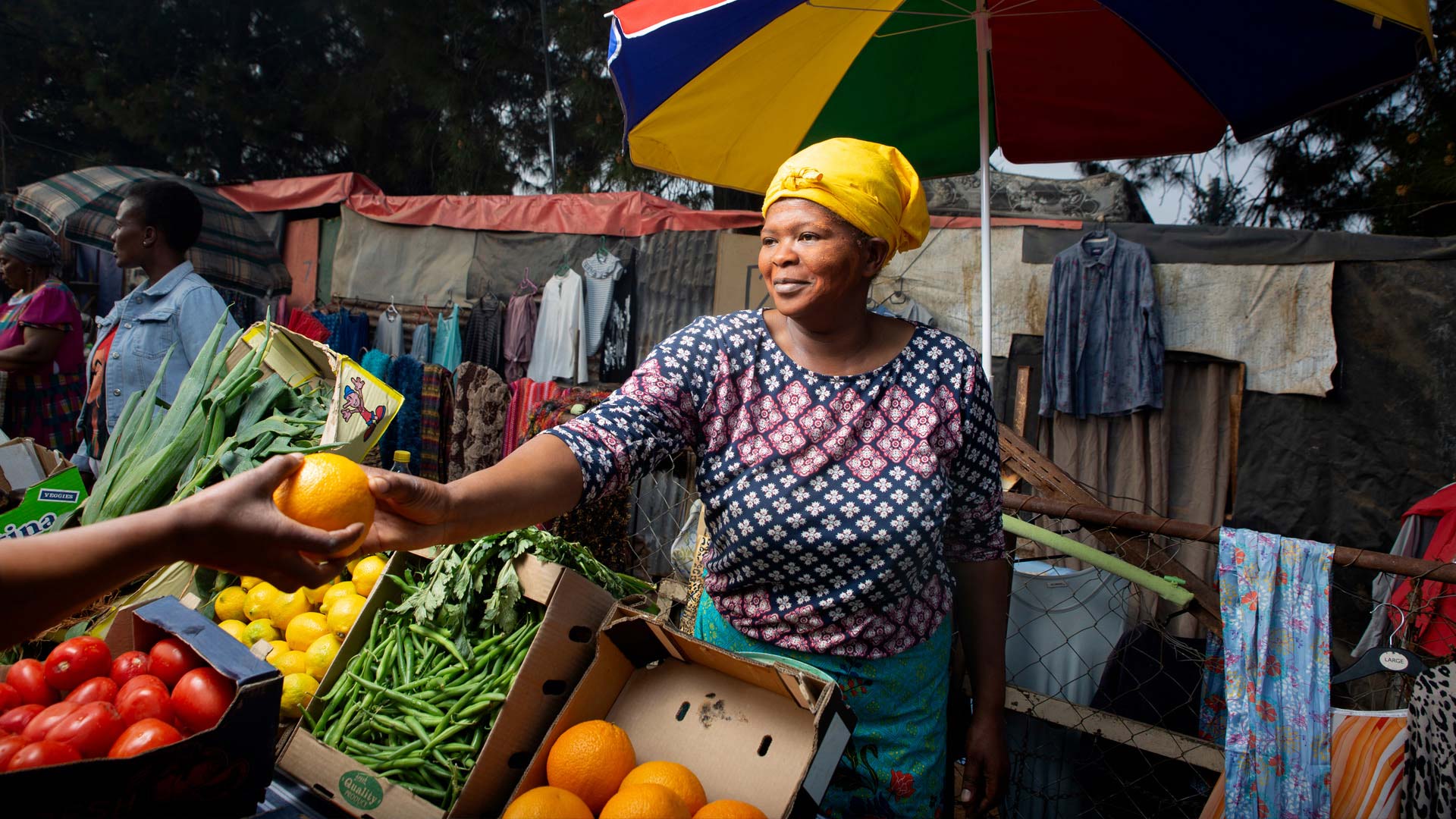The 2024 elections are around the corner – this is your chance to help shape the future of South Africa. The general elections for national and provincial government will take place on 29 May. What makes this a particularly interesting election is that for the first time, voters will receive 3 ballot papers instead of 2.
The additional ballot separates the national assembly vote into 2 sections. Instead of just 1 ballot for the national assembly, you will now be given a national ballot and a regional ballot for the national assembly.
What are the 3 ballots for?
According to the Independent Electoral Commission (IEC), the 3 ballots will work as follows:
National ballot for the national assembly
The first ballot will be for the election of the compensatory 200 members of the national assembly, which is contested only by political parties on a closed list basis.
Regional ballot for the national assembly
The second national assembly ballot is for the remaining 200 seats, which are to be divided between each of the 9 provinces. Each province will have a pre-allocated number of seats. ‘This ballot will vary from region to region, depending on which parties and independent candidates contest the relevant regional election,’ the IEC adds.
Provincial ballot for the provincial legislature
The third ballot will be for electing the members of the provincial legislature in each province. The ballot will have the names of the parties and independent candidates that have met the requirements.
Each ballot will be a different colour and labelled accordingly. If you are unsure, please ask an IEC officer for assistance.
What do you need to vote?
Voting registration closed on 23 February. If you are not a registered voter, you won’t be able to vote on 29 May. Proof of identification is the main requirement on voting day. Voting stations will accept your South African ID card, green barcoded ID book, or temporary ID certificate. A passport, driving licence, student card or any other form of identification will not be allowed. If you have lost your ID, apply for a new ID and a temporary ID as soon as possible. You can apply for your ID at Nedbank.
No party agents or staff members are allowed near the booths
5 tips to make voting a breeze
- Dress comfortably, as the queues at voting stations can be long.
- Take an umbrella. Not all voting stations have an undercover queueing area, and unpredictable weather could leave you stuck in pouring rain or blazing sun.
- Pack water and snacks.
- Pens will be provided at the voting station on the day, but you can also take along your own pen.
- Do your research beforehand and get familiar with the various political party names and logos, so that you don’t make a mistake when you mark your ballot sheets.
How to find a voting station
You must vote at the voting station that you selected when you registered to vote. If you are unsure about which voting station you’re registered at, go to the official elections website, scroll to the middle of the page and enter your ID number in the text box marked My voter registration. Once you have completed the verification process, you will be able to view all your voter registration details. The website also features a handy map that will direct you to your voting station.
Can I change my voting station?
If you have already registered to vote and would like to change your voting station, you have until 17 May to make the change online. If you change your voting station to a different province, you will only receive 1 ballot paper – the national ballot for the national assembly.
To change your voting station, visit the Voters Portal online. Confirm acknowledgement of the regulations, enter your personal details and submit, then select a new voting station and confirm. Once this has been done successfully, you will receive an approval SMS and an email from the IEC with your section 24A receipt attached. This receipt will serve as proof that you have been approved to vote at your new voting station.
Navigating the voting process and ballot papers
Your ID will be scanned at the voting station to verify your registration. You are welcome to take your proof of registration with you as a backup. If you would like to receive an IEC confirmation SMS, send an SMS with your ID number to 32810. You will not be able to vote if no proof of registration can be traced.
There will be a voters roll at the station. Ensure that your name is completely removed from the roll when you vote. If your name is missing from the roll, you will still be allowed to vote, provided you can present proof of registration.
Your finger will be marked with a special ink, and the mark should be on both your nail and skin – this stain will last a few days. The ink should be difficult to remove – if you find the mark wipes off easily, report it to IEC officials at the voting station.
You will be directed to a voting booth to fill in your ballots. Your vote should be made in complete privacy, and no party agents or staff members are allowed near the booths. The only exception is when a voter needs assistance. Your vote is completely anonymous and cannot be traced back to you.
Mark your ballots clearly with an ‘X’ inside the box of the party or independent candidate that you are voting for. If you make a mistake on the ballot, draw a line through it and write ‘cancelled’ across the ballot, before asking an IEC official for a new ballot. If you make a mistake, it’s vital that you do not place your ballot into the ballot box – after you put it in the box, it cannot be removed.
When you have correctly marked your votes, fold your ballot paper in half and place it in the ballot box. Ensure that the box is sealed.
Congratulations – you've cast your vote.
Disclaimer: This blog is provided for educational purposes only. Nedbank is not affiliated with any political party or the IEC. This content is not part of any campaign initiative and is intended to provide guidance on the voting process only.








